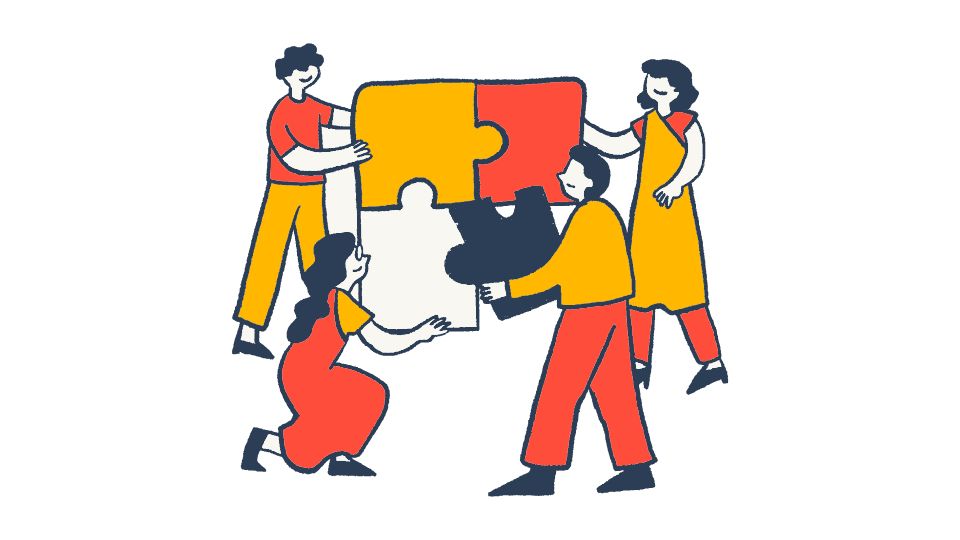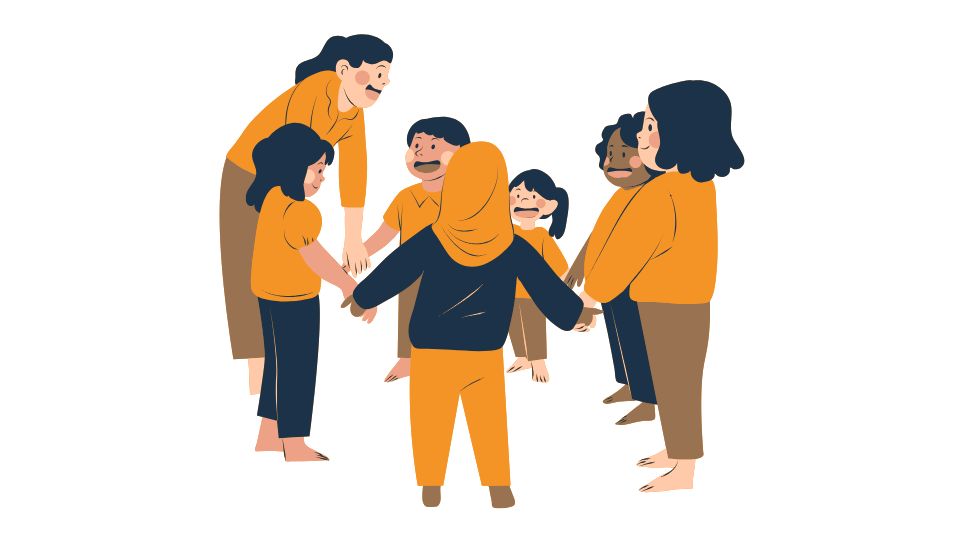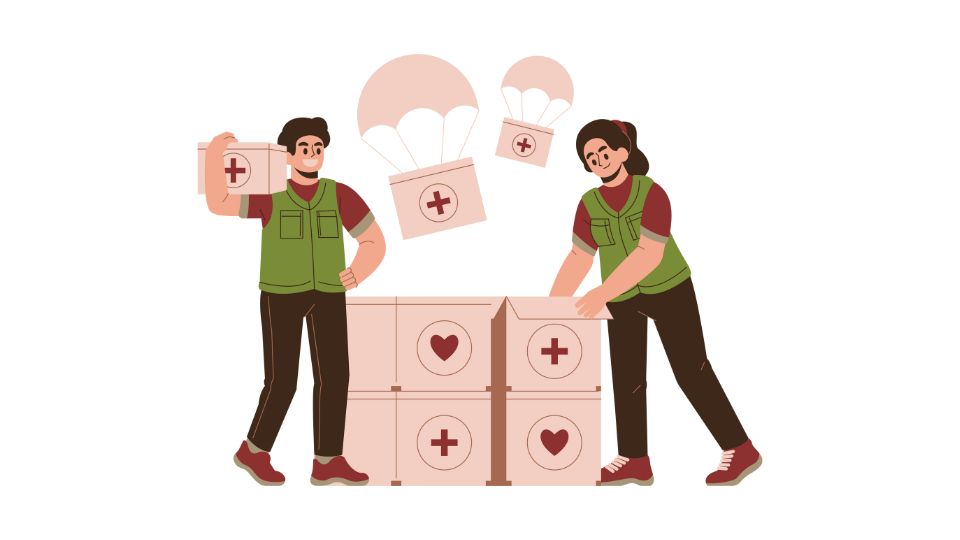Must-Have Health Equity Resources for Teams and Leaders

Everyone should have a fair shot at good health, right? But we all know that’s not the reality.
Some people have to climb mountains to get decent healthcare, while others just stroll through an open door.
This gap isn’t just unfair—it’s fixable. Let’s talk about health equity and how we can actually make it happen. 💪
Health Equity: What It Is and Why It Matters
Think about it this way: if everyone in your neighborhood needed to cross a river, would you give everyone the same size boat? Or would you give bigger boats to larger families and life jackets to those who can’t swim?
That’s the difference between equality and equity.
Health equality means giving everyone the same resources.
Health equity means giving people what they actually need to reach the same healthy outcome.
Why Should You Care About Health Equity?

When we don’t have health equity, certain groups get left behind—often the same ones who’ve been marginalized for generations:
- Communities of color
- Low-income families
- Rural populations
- LGBTQ+ individuals
- People with disabilities
The consequences? Higher rates of chronic disease, shorter lives, and a whole lot of preventable suffering. 😔
But it goes beyond just being fair. Health equity:
- Saves money (preventing disease is cheaper than treating it)
- Improves public health for everyone
- Creates stronger communities
As the CDC explains, “Health equity is achieved when every person has the opportunity to attain his or her full health potential and no one is disadvantaged.”
What’s Standing in the Way?
Health inequity doesn’t just happen by accident. It comes from systemic barriers like:
- Racism and discrimination in healthcare settings
- Poverty and inability to afford care
- Transportation issues (try getting to a doctor without a car in rural America)
- Language barriers (good luck understanding medical advice if English isn’t your first language)
- Limited health literacy (medical jargon is confusing for everyone!)
The World Health Organization calls these “social determinants of health” – the conditions where people are born, grow, live, work, and age.
Resources and Strategies That Actually Work

1. Community-Tailored Health Programs
Generic health advice doesn’t cut it. The most effective programs are:
- Culturally relevant (respecting traditions and beliefs)
- Language appropriate (materials in multiple languages)
- Delivered by trusted community members
For example, when Black churches host diabetes screenings after Sunday service, participation skyrockets compared to hospital-based programs.
2. Making Healthcare Actually Accessible
It’s not just about having healthcare facilities—it’s about making them truly accessible:
- Sliding-scale clinics that adjust costs based on income
- Extended hours for people working multiple jobs
- Telehealth options for those who can’t travel
- Childcare services during appointments
The American Academy of Family Physicians emphasizes that accessibility must address both geographic and financial barriers.
3. Taking Healthcare to the People
If Mohammed won’t come to the mountain, bring the mountain to Mohammed:
- Mobile health units that travel to underserved neighborhoods
- Pop-up clinics in community centers and schools
- Home-based care for elderly and disabled patients
- Health screenings at workplaces and housing developments
These mobile approaches eliminate transportation barriers that keep many from getting regular care.
4. Changing the System Itself
Individual programs aren’t enough—we need to fix the system:
- Policy advocacy for universal healthcare coverage
- Diversifying the healthcare workforce so it reflects the population
- Collecting better data on health disparities
- Training healthcare providers about implicit bias
According to Health Affairs, policy changes have the most far-reaching impact on health equity.
Measuring Progress: How Do We Know If It’s Working?
You can’t improve what you don’t measure. Tracking health equity means looking at:
- Health outcomes across different populations
- Access metrics (who’s getting care and who isn’t)
- Social determinants (housing, education, income)
- Patient experiences (are people being treated with respect?)
The key is breaking down data by race, income, geography, and other factors to spot disparities.
Success Stories Worth Celebrating
Health equity isn’t just a pipe dream—it’s happening in communities right now:
- In Philadelphia, a program providing evening appointments saw a 40% increase in preventive screenings among working-class residents.
- Community health workers in New Mexico have reduced emergency room visits among rural Hispanic populations by 30%.
- A mobile dental clinic in Appalachia brought care to thousands who hadn’t seen a dentist in years.
These examples show what’s possible when we get serious about health equity.
The Road Ahead: Challenges We Still Face

Let’s be real—we’ve got a long way to go:
- Systemic racism remains deeply embedded in healthcare
- Political will fluctuates with election cycles
- Funding for equity programs is often first on the chopping block
- Resistance to change from powerful healthcare interests
But here’s the thing: health equity isn’t just nice to have—it’s necessary for a functioning society. And achieving it requires all of us.
What You Can Do
Health equity might seem like a big, abstract concept, but there are concrete steps anyone can take:
- Support policies that expand healthcare access
- Volunteer with community health initiatives
- Speak up when you see discrimination in healthcare settings
- Learn about the specific health challenges facing your community
- Share resources with those who might not know what’s available
Remember: health equity isn’t about giving everyone the exact same thing. It’s about giving people what they need to reach their full health potential. 🌱
And that’s something worth fighting for.

